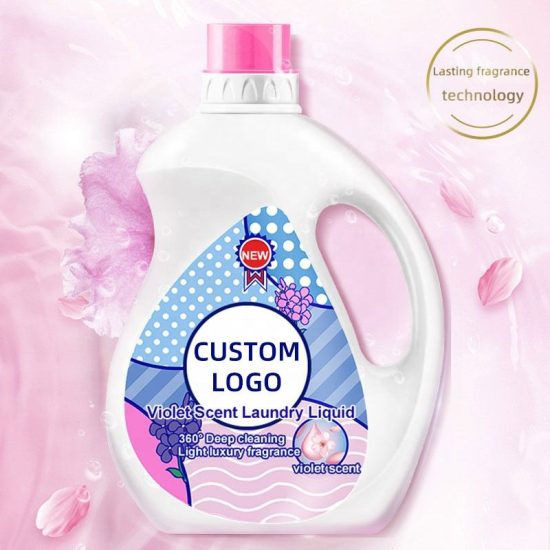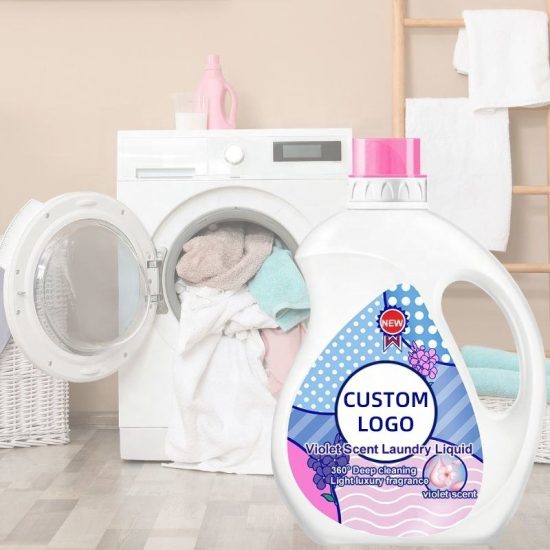Introduction:
Liquid soap is a ubiquitous product in modern households, businesses, and public spaces. It has become synonymous with cleanliness and hygiene, but have you ever wondered about its history and how it evolved to become an essential part of our lives? In this article, we’ll take a journey through the history of liquid soap, from its humble beginnings to its pivotal role in promoting good health and cleanliness.
Ancient Origins:
The concept of soap itself dates back to ancient civilizations. The earliest recorded use of soap-like substances can be traced to the ancient Mesopotamians, who mixed fats with wood ash to create a basic soap for cleaning. Similarly, the ancient Egyptians used a combination of animal and vegetable oils with alkaline salts to produce a soap-like material for personal hygiene.
Medieval Europe:
Soap production began to take root in Europe during the Middle Ages, where it was primarily used by the upper class and monasteries. However, soap was still far from the liquid form we know today. It was mainly found in the shape of hard bars or flakes.
Liquid Soap Emerges:
The invention of liquid soap is credited to William Shepphard, an Englishman, who patented the first liquid soap in 1865. This early form of liquid soap was not what we commonly use today but was more like a detergent. It wasn’t until the mid-20th century that liquid soap as we know it began to gain popularity.
The Rise of Liquid Hand Soap:
Liquid soap’s path to popularity was significantly accelerated by the introduction of liquid hand soap. In the 1970s, the Minnetonka Corporation introduced the first liquid soap dispenser, setting a trend that would revolutionize hand hygiene. Liquid hand soap, with its convenient pump dispenser, became an instant hit in homes and businesses.
Modern Hygiene and Health:
With the emergence of liquid hand soap, proper handwashing and hygiene took center stage. The Centers for Disease Control and Prevention (CDC) and the World Health Organization (WHO) emphasize the importance of handwashing with soap as one of the most effective ways to prevent the spread of diseases. Liquid soap’s easy dispensing and effectiveness in cleaning hands played a significant role in promoting these health guidelines.
Liquid Soap in Everyday Life:
Today, liquid soap is not limited to just hand hygiene. It has expanded its use to various forms, including body wash, dish soap, and household cleaners. The diversity of available formulations, from moisturizing and antibacterial to eco-friendly options, makes liquid soap a versatile and essential product in modern life.
Conclusion:
The history of liquid soap is a testament to human ingenuity and our ongoing pursuit of cleanliness and hygiene. From its ancient origins to the modern, convenient form we use today, liquid soap has played a pivotal role in promoting health and preventing disease. It’s a reminder that small innovations can have a profound impact on our daily lives and the well-being of society as a whole.


